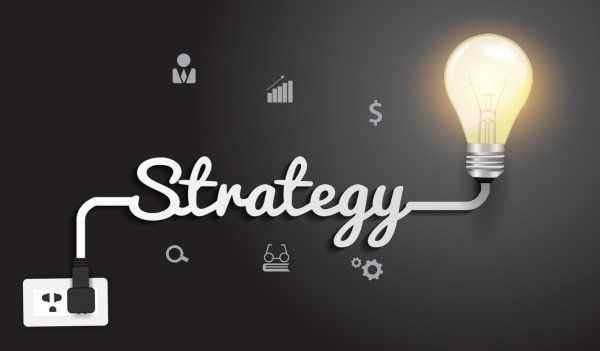Building the Marketing Strategy: A Blueprint For Start-ups and Those About to Start
I’ve been teaching, advising, and consulting start-ups for a handful of years now and there is a missing link to marketing success.
Building a powerful marketing strategy (one that’s perfect for your start-up) is often that missing link to marketing success.
The key to getting any start-up on track is three fold. First you must discover your target market, then you must create and communicate your positioning and thirdly build your identity and brand.
Most start-up founders start marketing without any real marketing strategy other than to sell something to someone.
 I will say that anyone who wants smart, modern marketing ideas that really work, Patrick is your man.
I will say that anyone who wants smart, modern marketing ideas that really work, Patrick is your man.
Meghan Codd Walker , Principal at Zuula Consulting, LLC
How to Create a Marketing Strategy That Is Perfect for Your Start-up
In this unique LIVE in-person seminar , you will save time, money and yourself from the frustration of information overload by learning how to develop a marketing strategy specific to your start-up, a step-by-step process to discovering your target market, the best way to create and communicate a powerful positioning, and set the foundation for building a highly recognizable identity and brand.
During this one hour seminar we dive deep into strategic processes every start-up and those about to start ought to consider as he or she sets out to grow his or her business.
Seminar Topics
Discovering Your Target Market – The first step to building your marketing strategy is to define who makes an ideal customer for your start-up. In this opening segment we outline all the steps that go into a start-up discovering their target market.
Creating and Communicating Your Position – A clear positioning is the rock that start-up growth is built on. Pricing only matters to prospects when they can’t tell the difference between your products and services and a competitor’s. In this segment we focus on the tools needed to create a powerful positioning strategy for your start-up. We will find and communicate your start-up’s unique point of difference.
Building Your Identity and Brand – We will cover this a great deal in this fast paced seminar. Anytime a customer or ideal customer comes into contact with your start-up, there are experiencing your start-up’s identity and brand. We will be covering all the elements that can either support your company’s identity or detract from it and the only way possible to build a solid brand.

Space is limited to keep this seminar very EXCLUSIVE
February 18 th – one hour – Limited to 10-15 participants
How to Build a Marketing Strategy That Is Perfect for Your Start-up
February 18 th – 9:00 am – 10:00 am – 1703 N Parham Rd Suite 100 Richmond, Virginia 23229
Just to reiterate, not only do you get one hour of LIVE in-person advice from Patrick laying out how to create your start-up marketing strategy, but you also get:
- Worksheets
- A chance to ask your questions before and during the event
- Connected with other entrepreneurs
- Did we mention it’s only $75?
Investment: $75
Sign up Now & Save $25
$50







